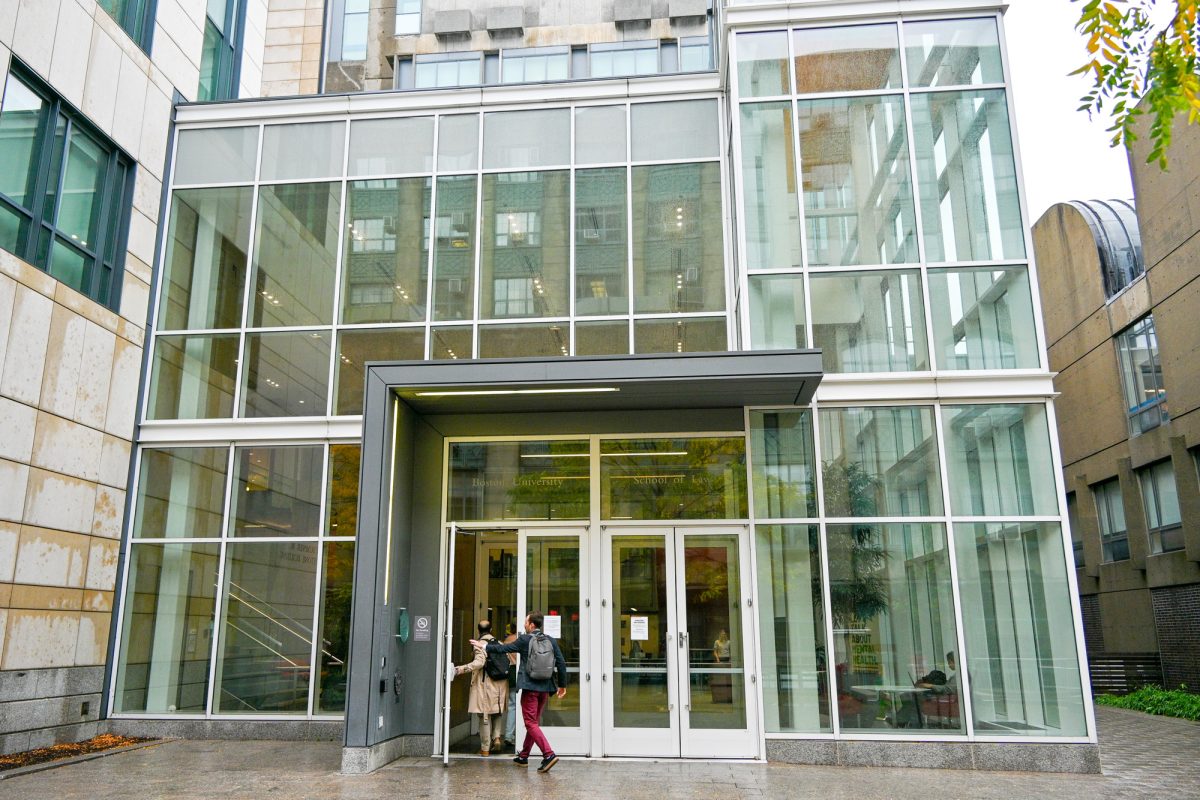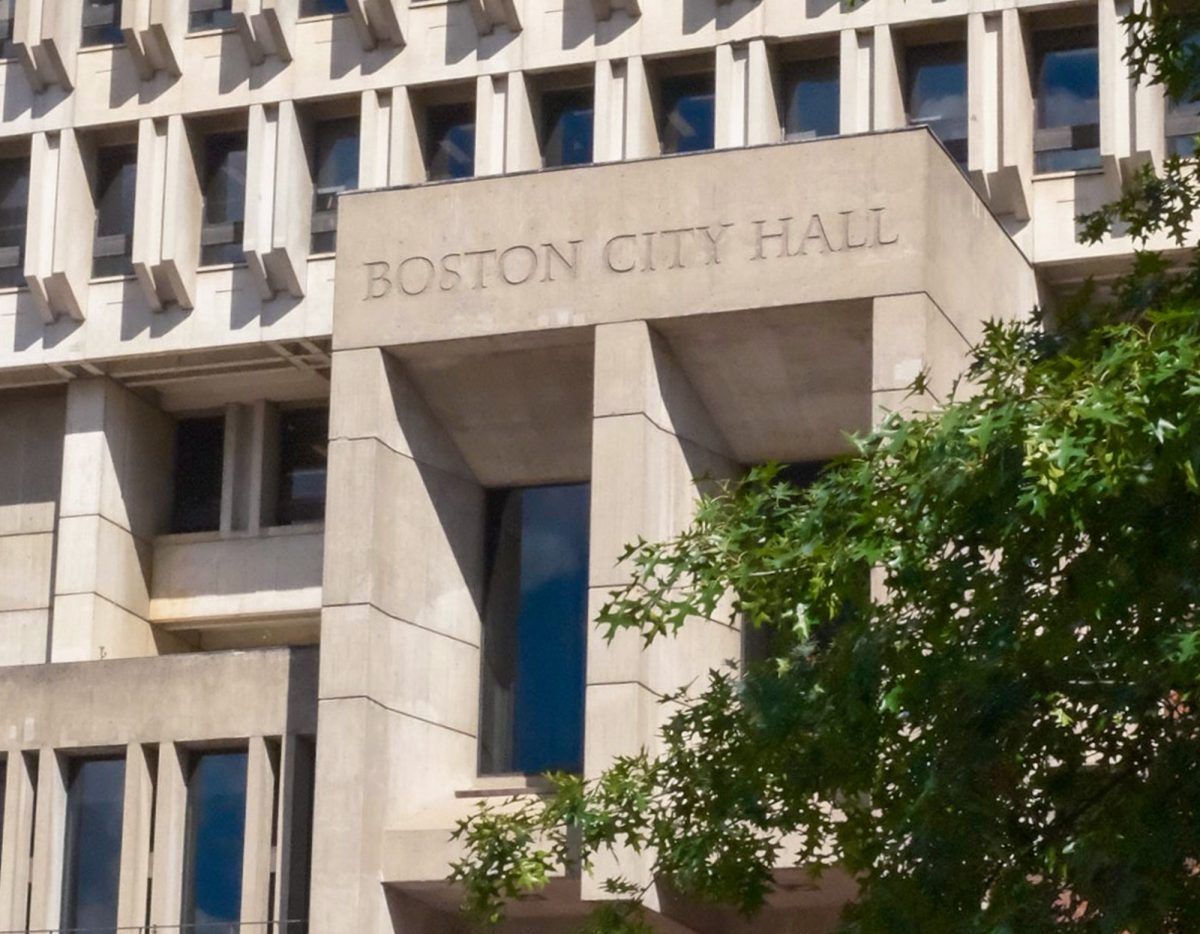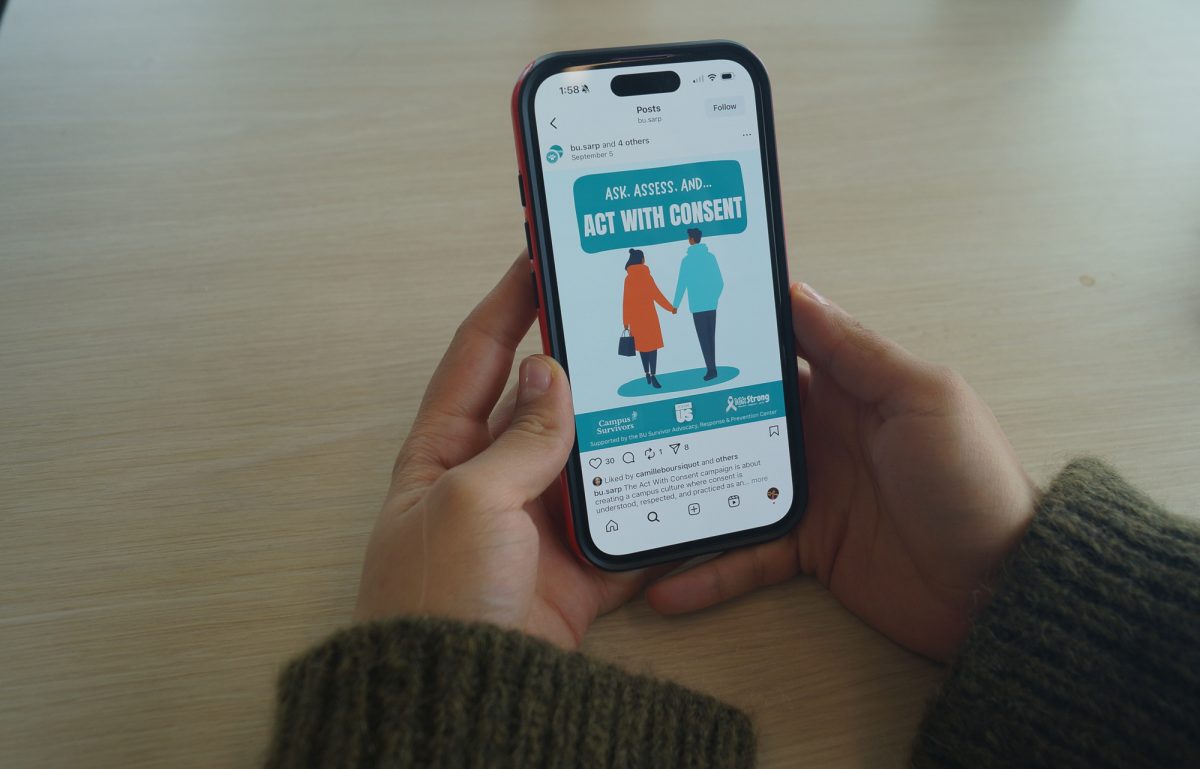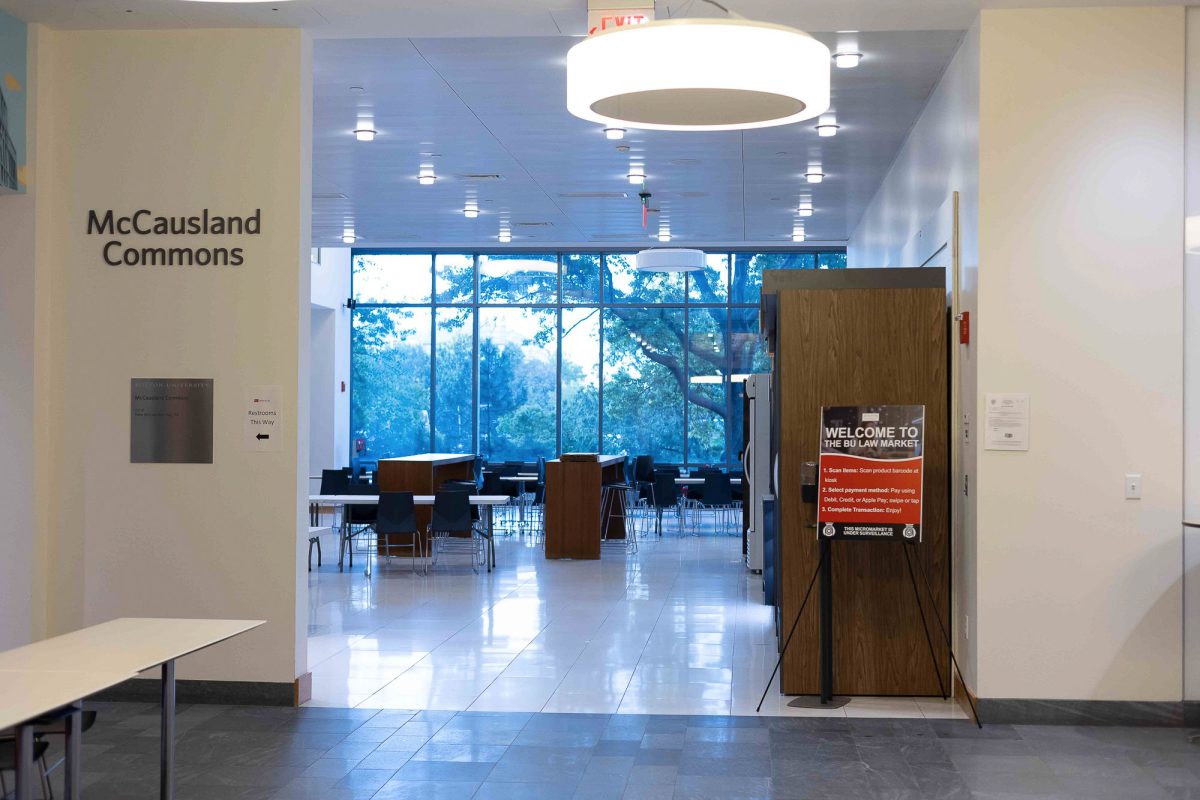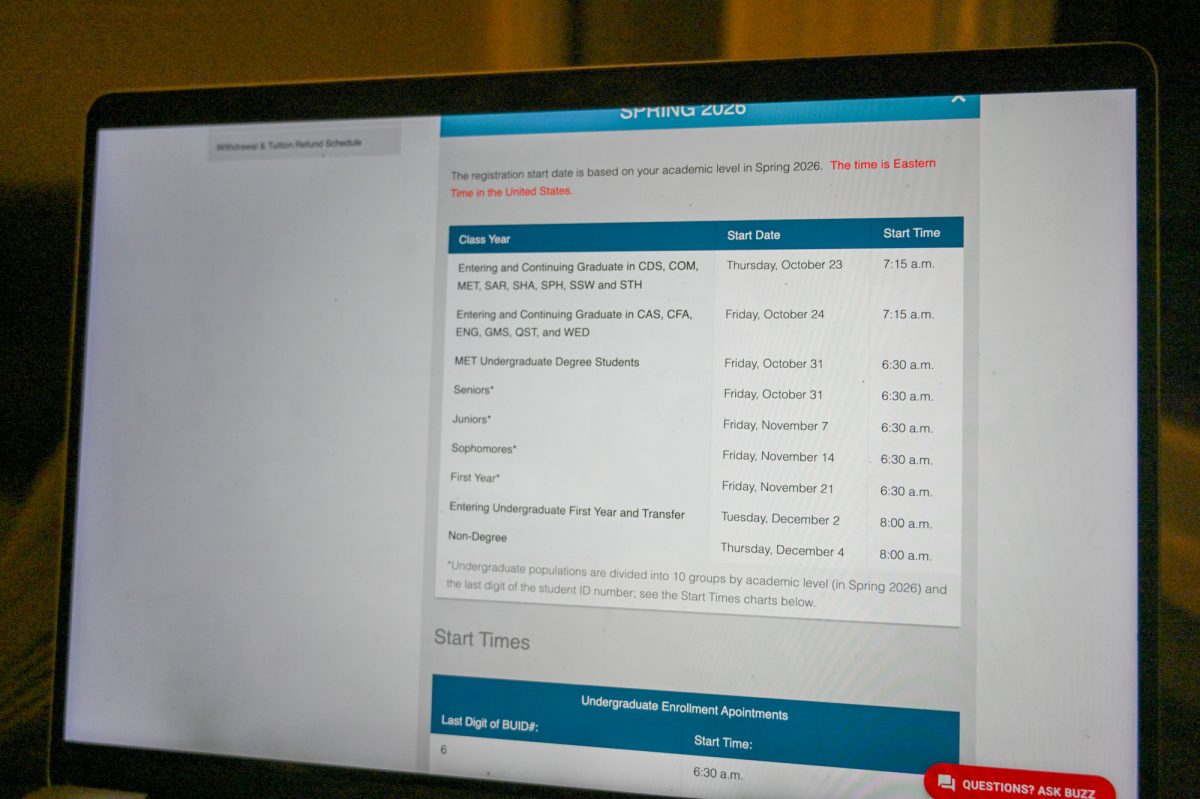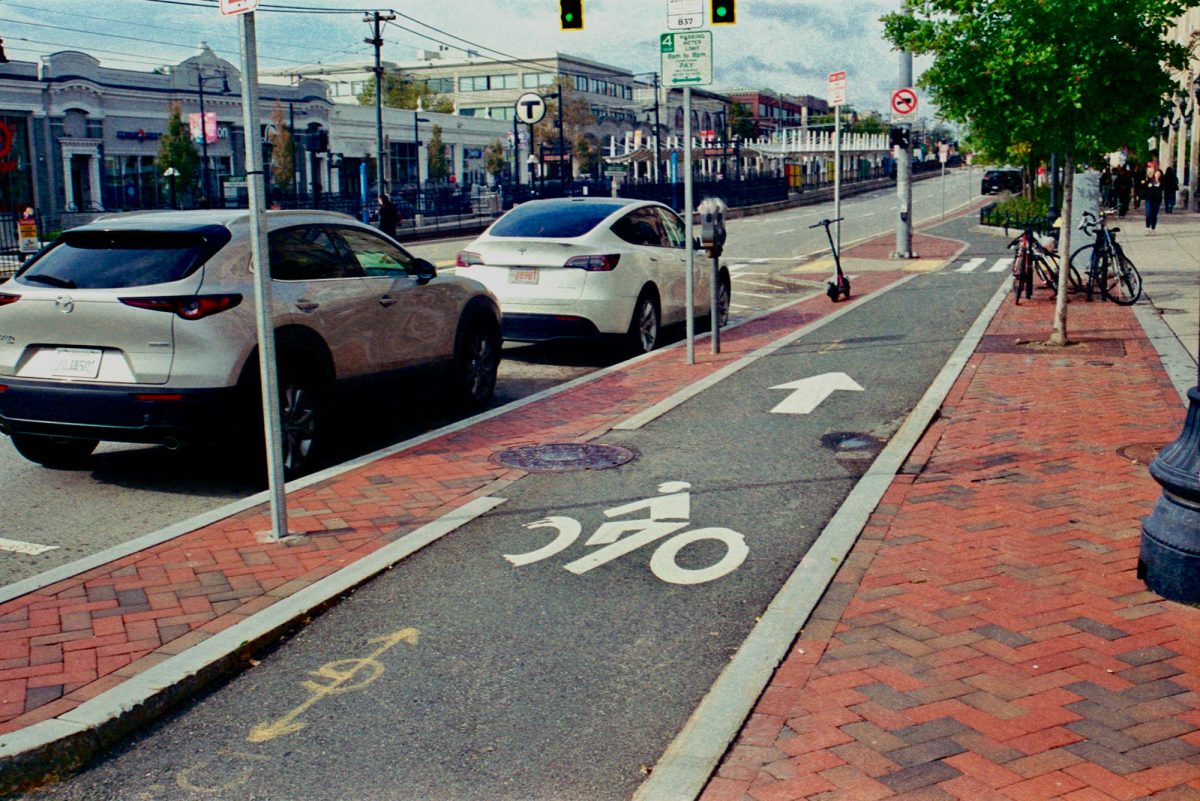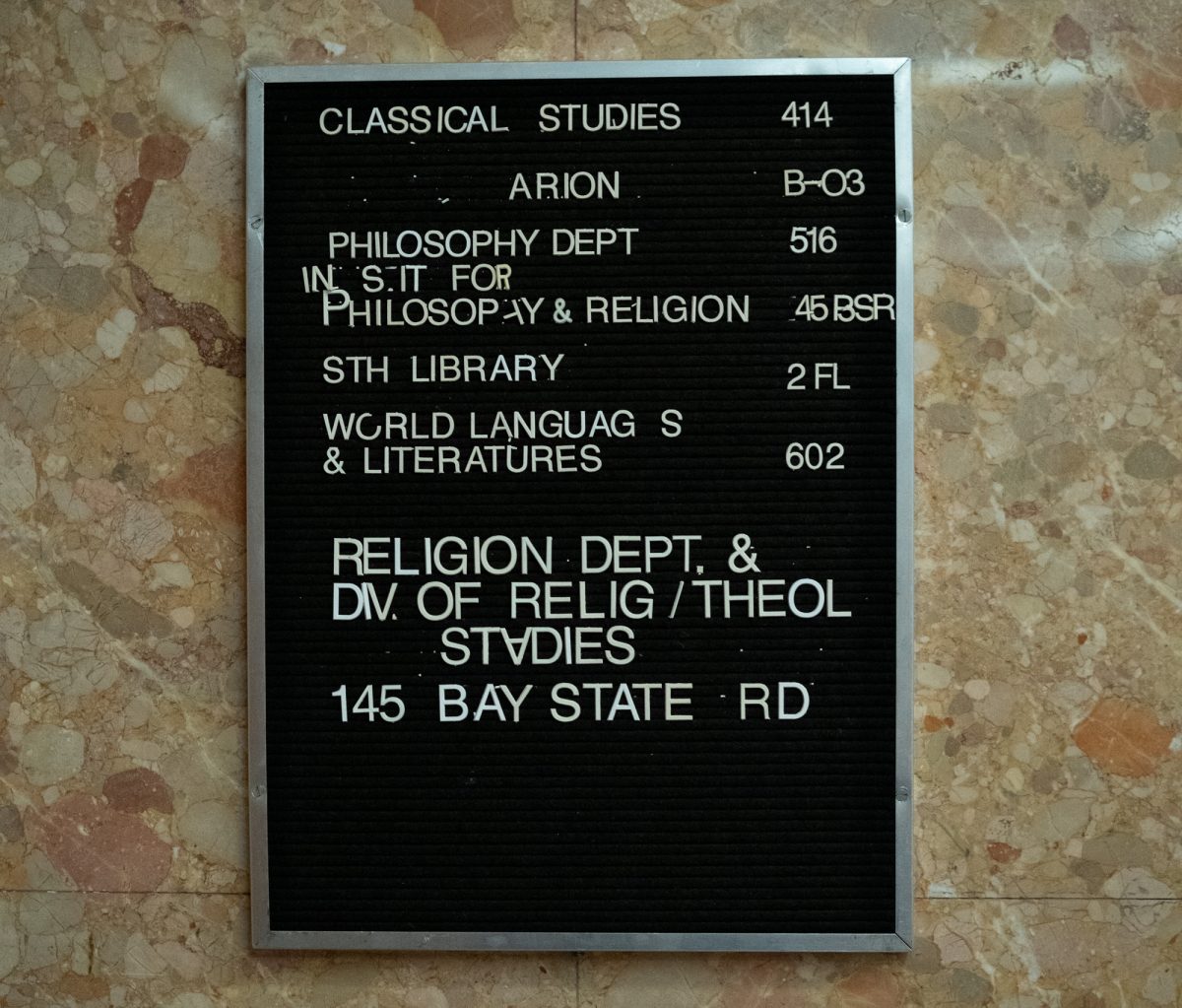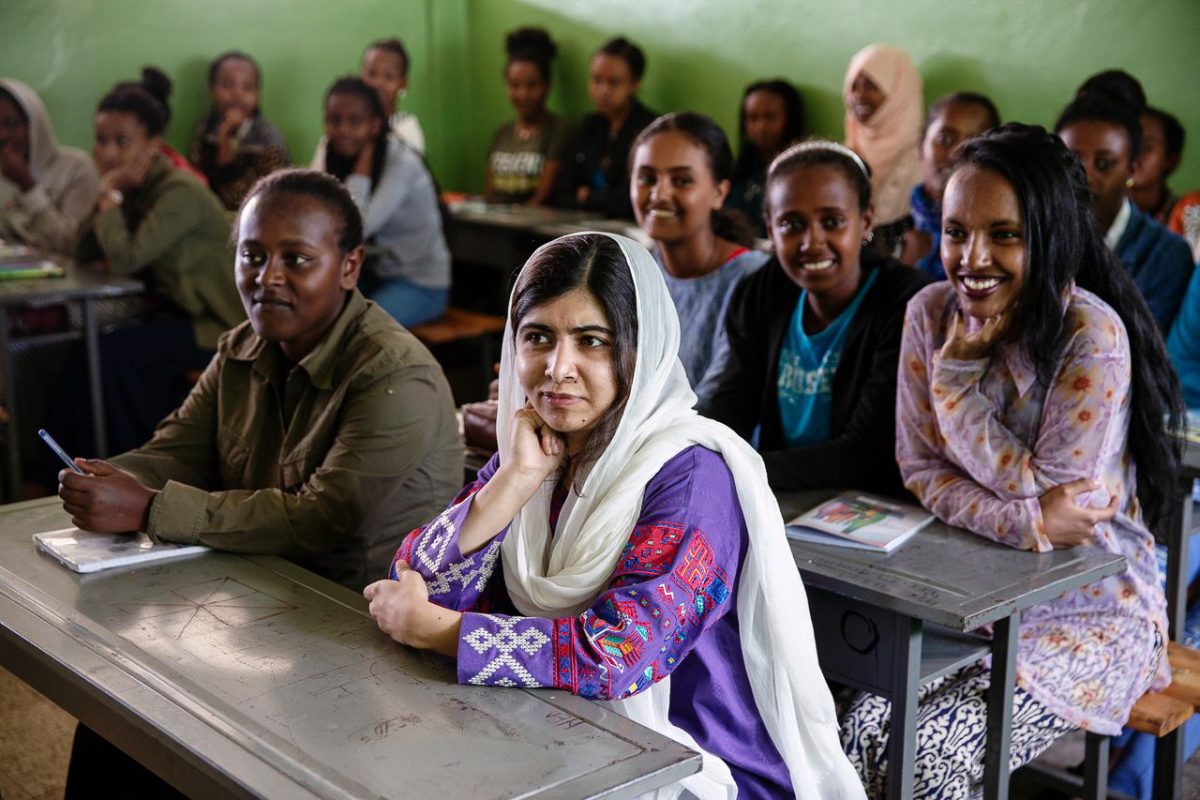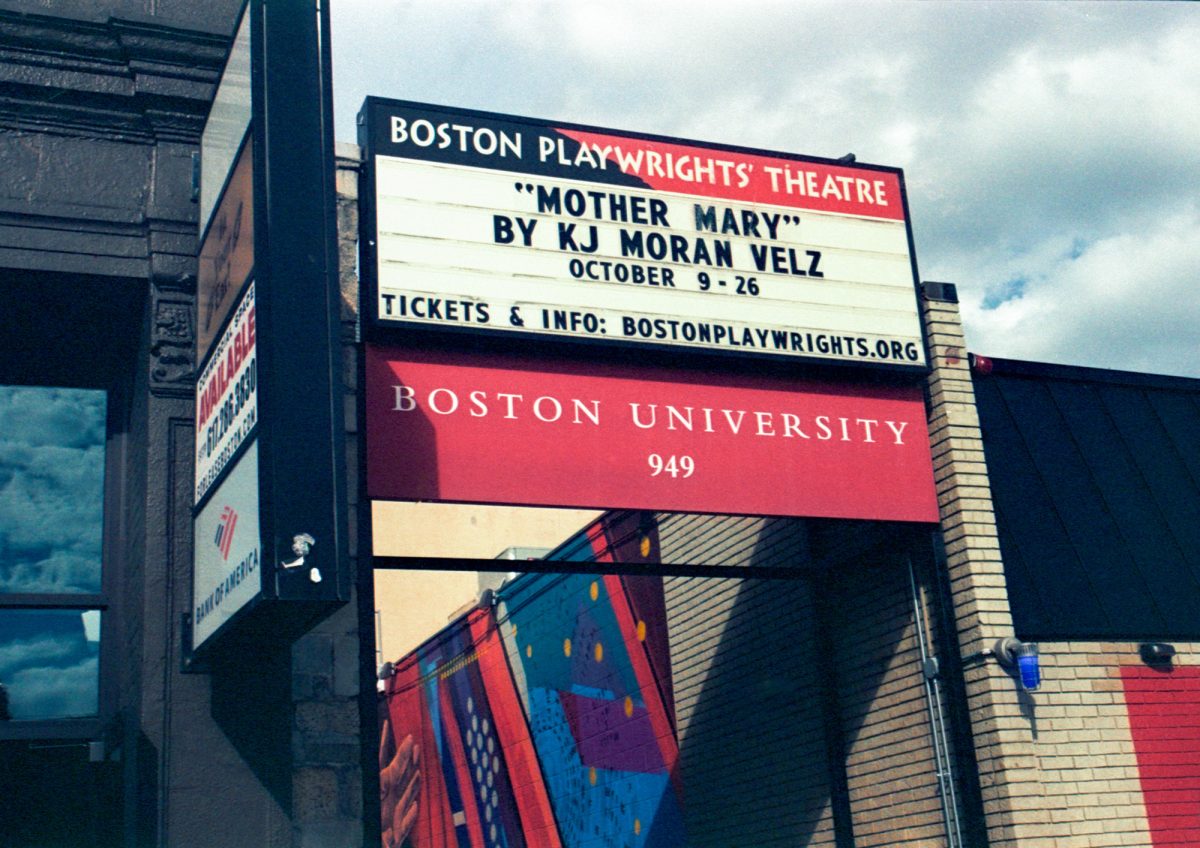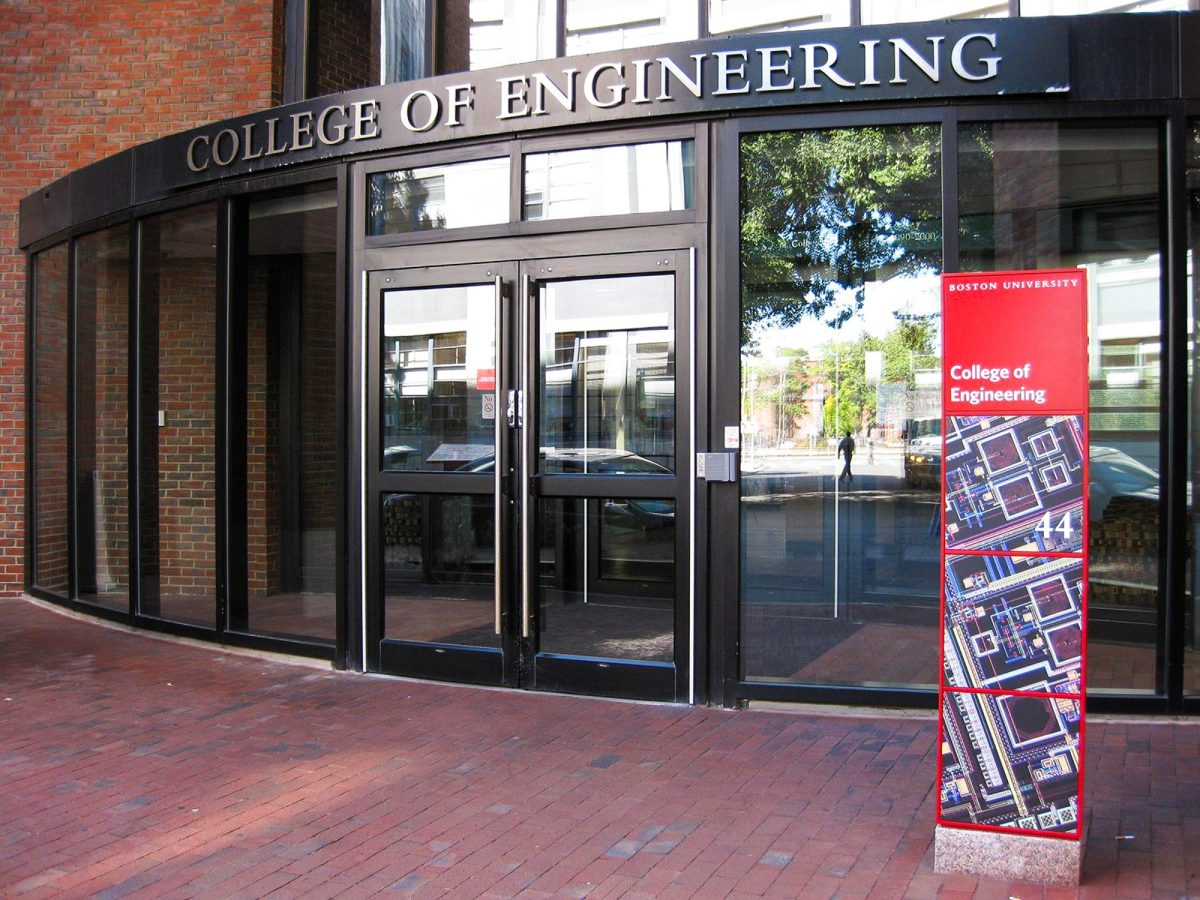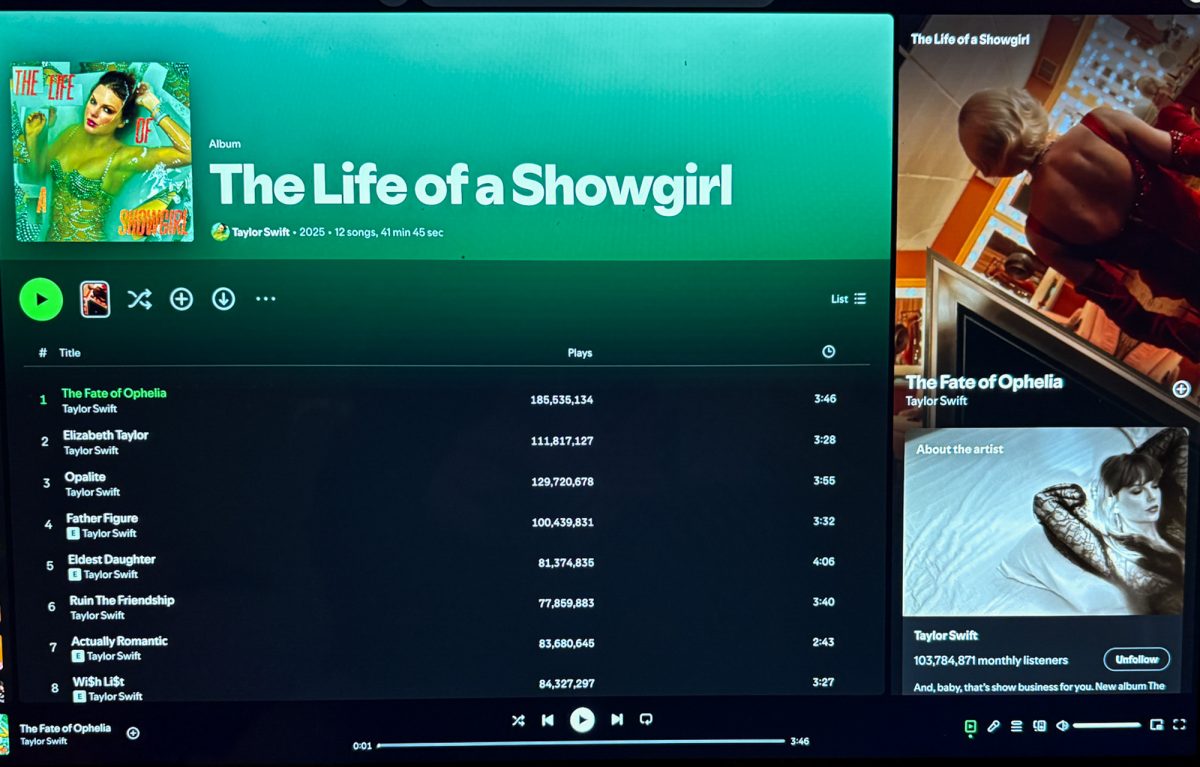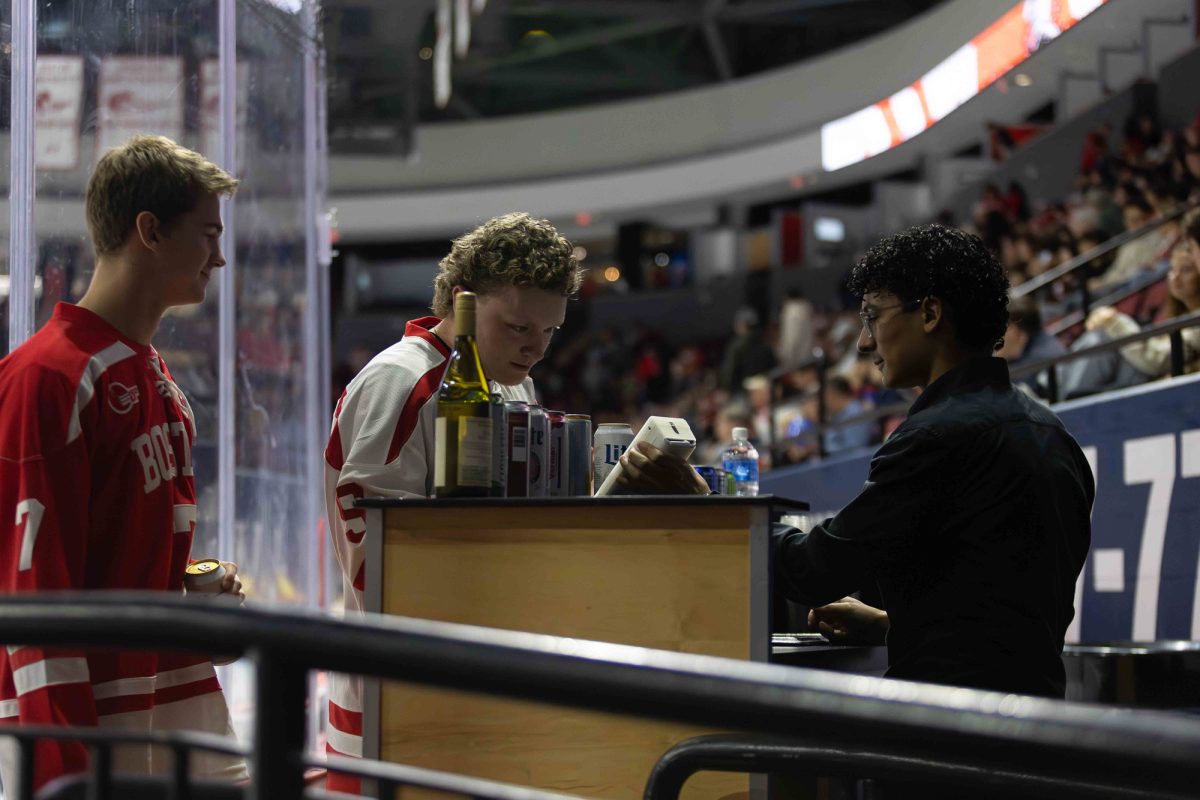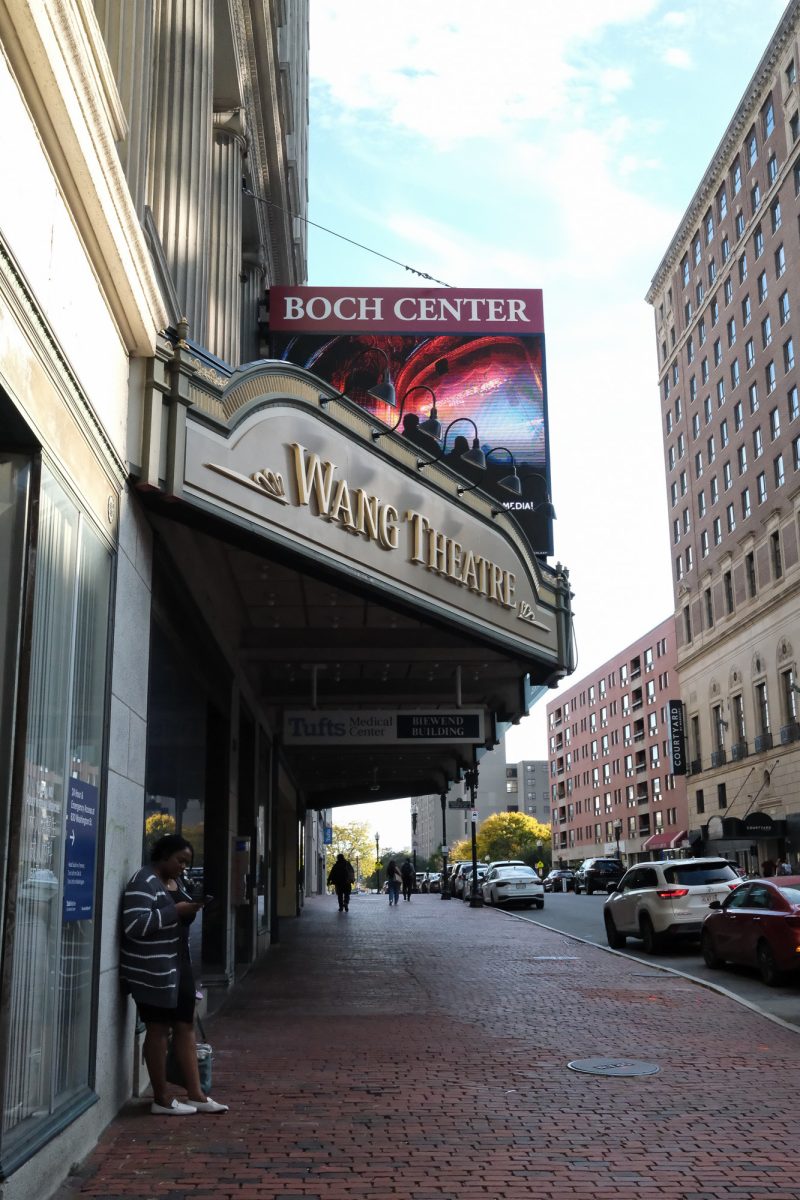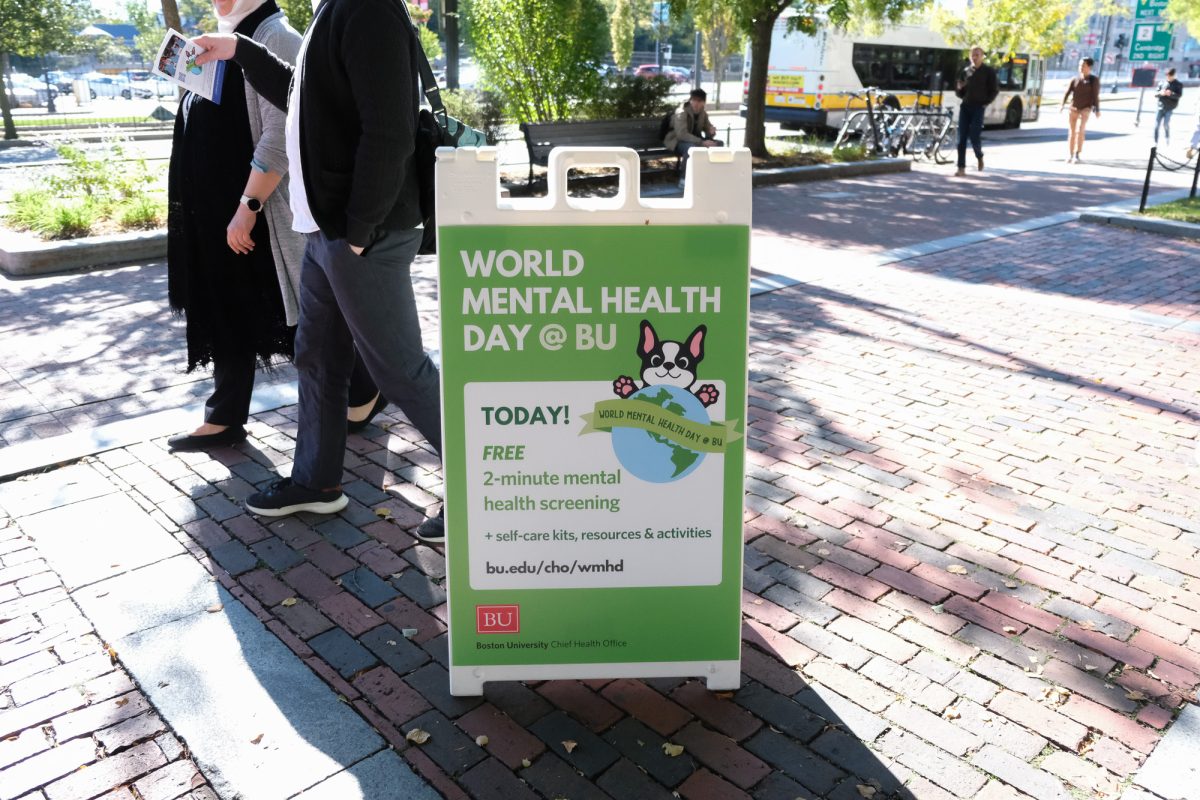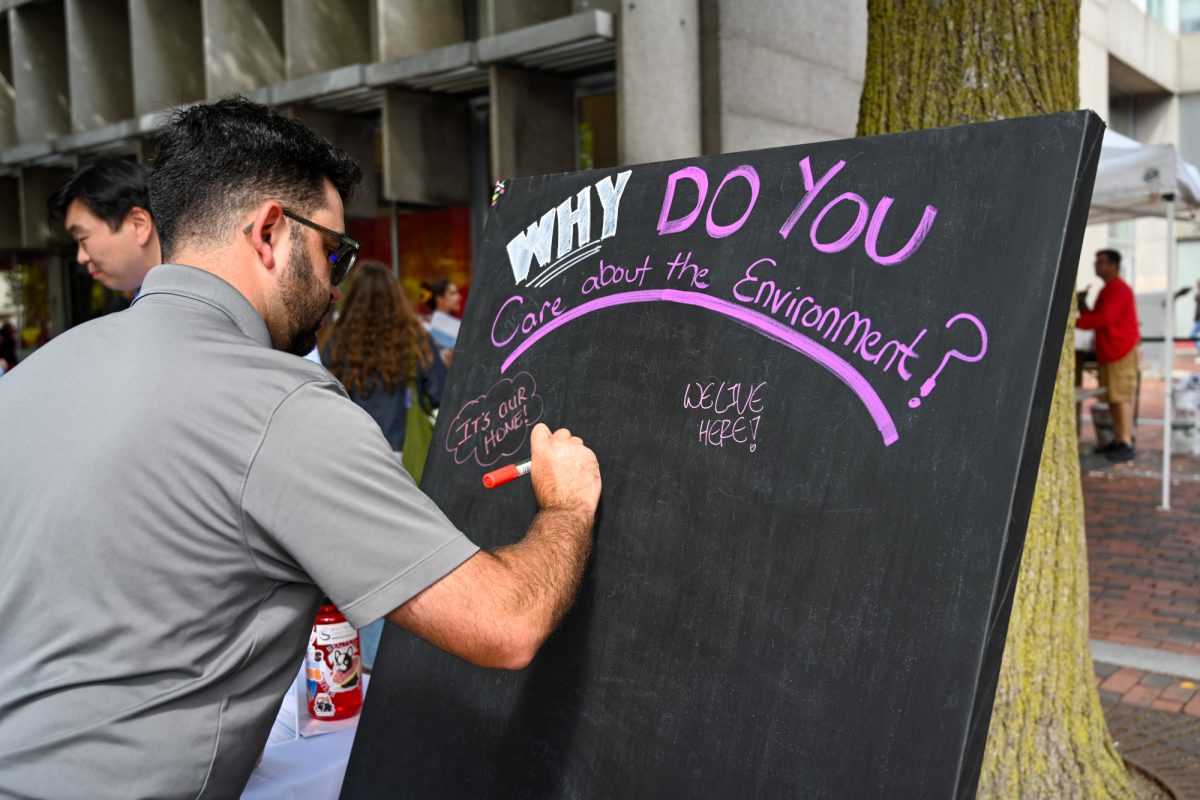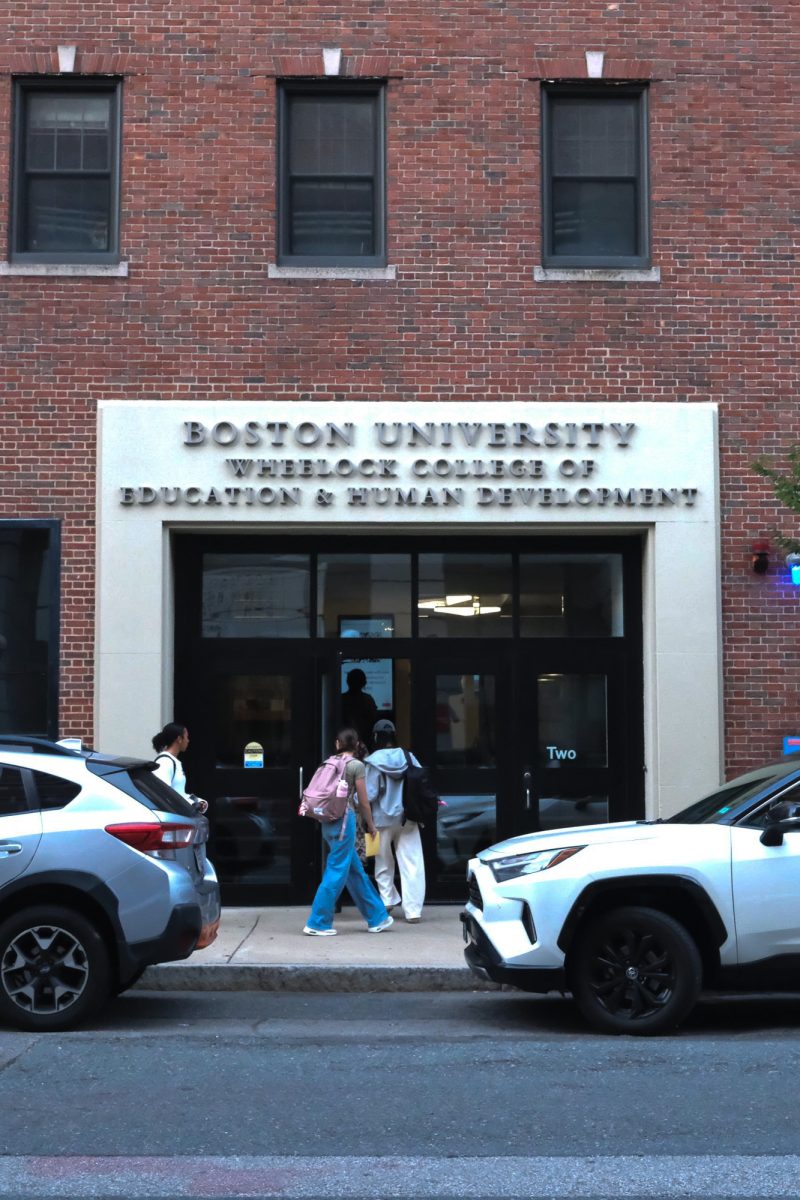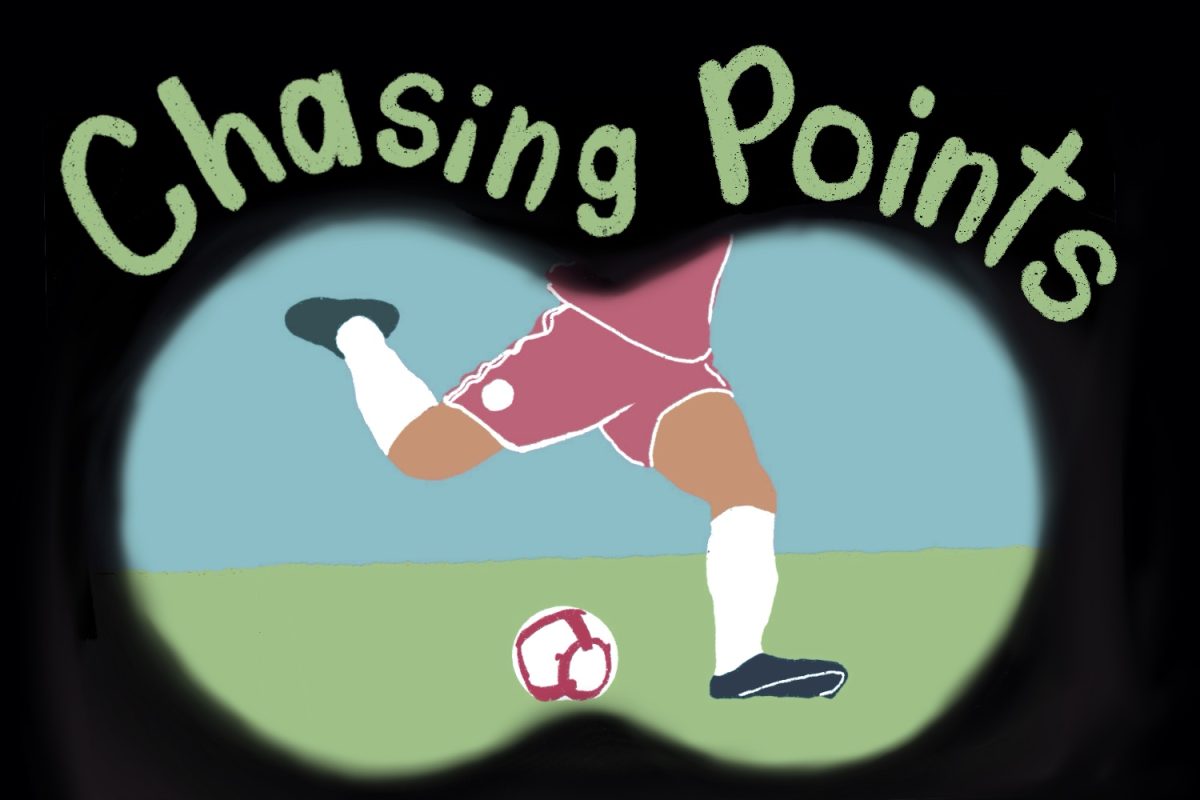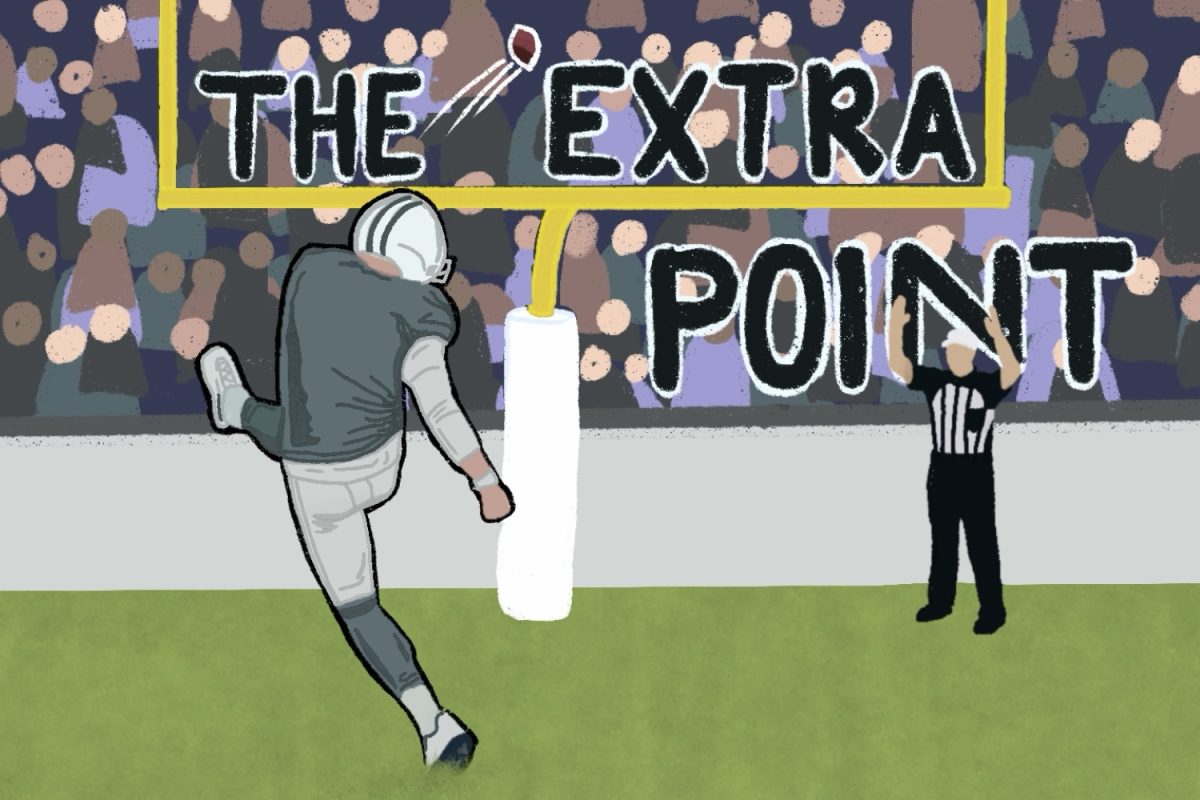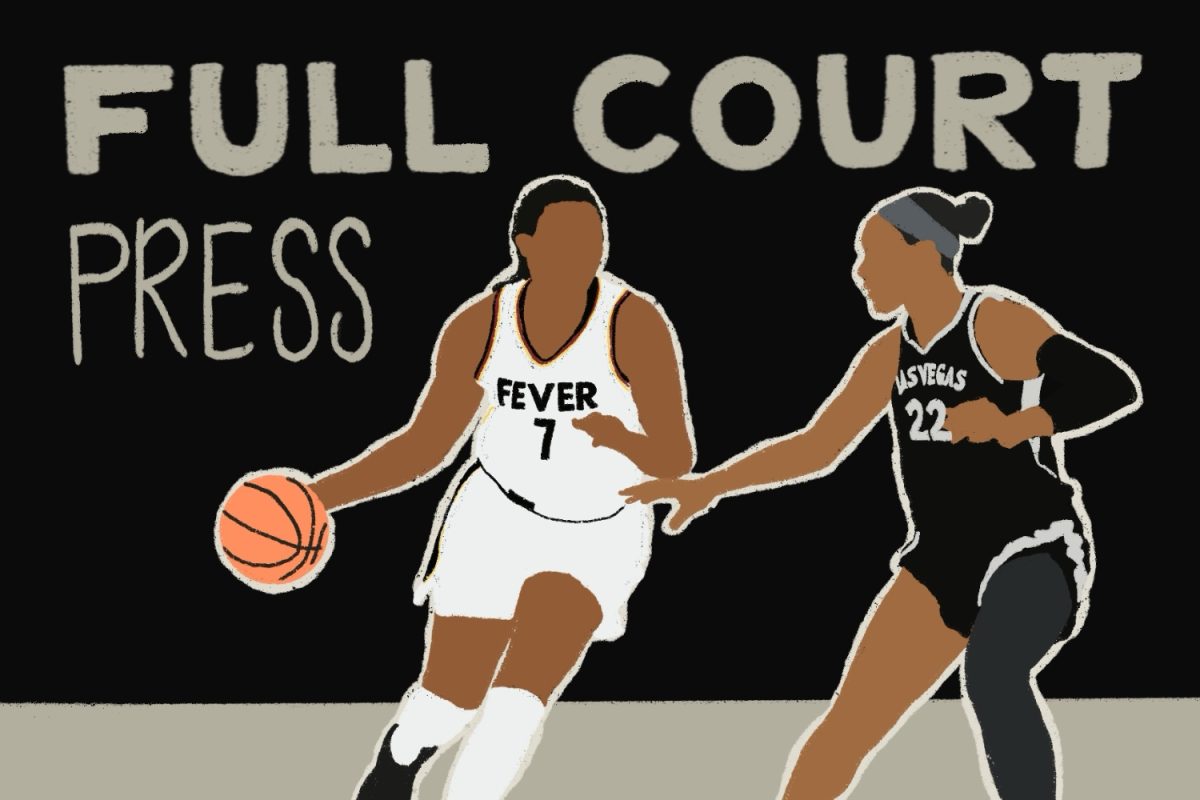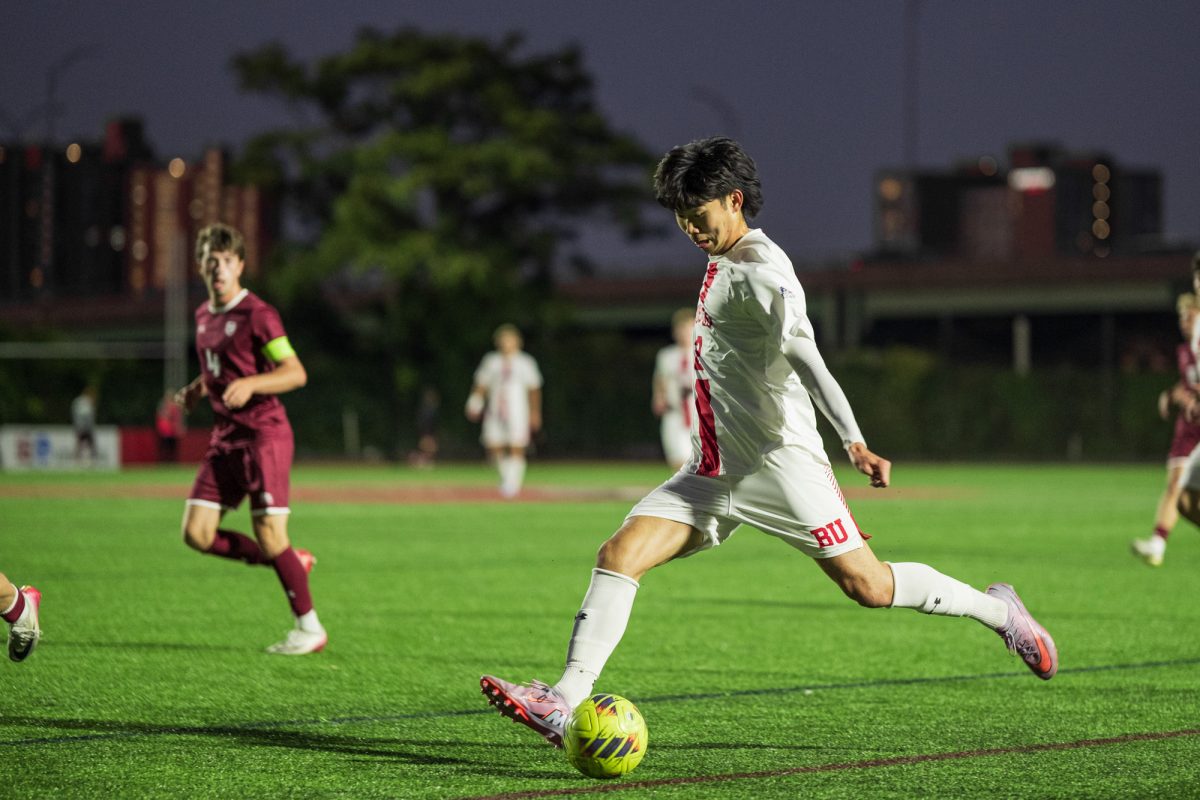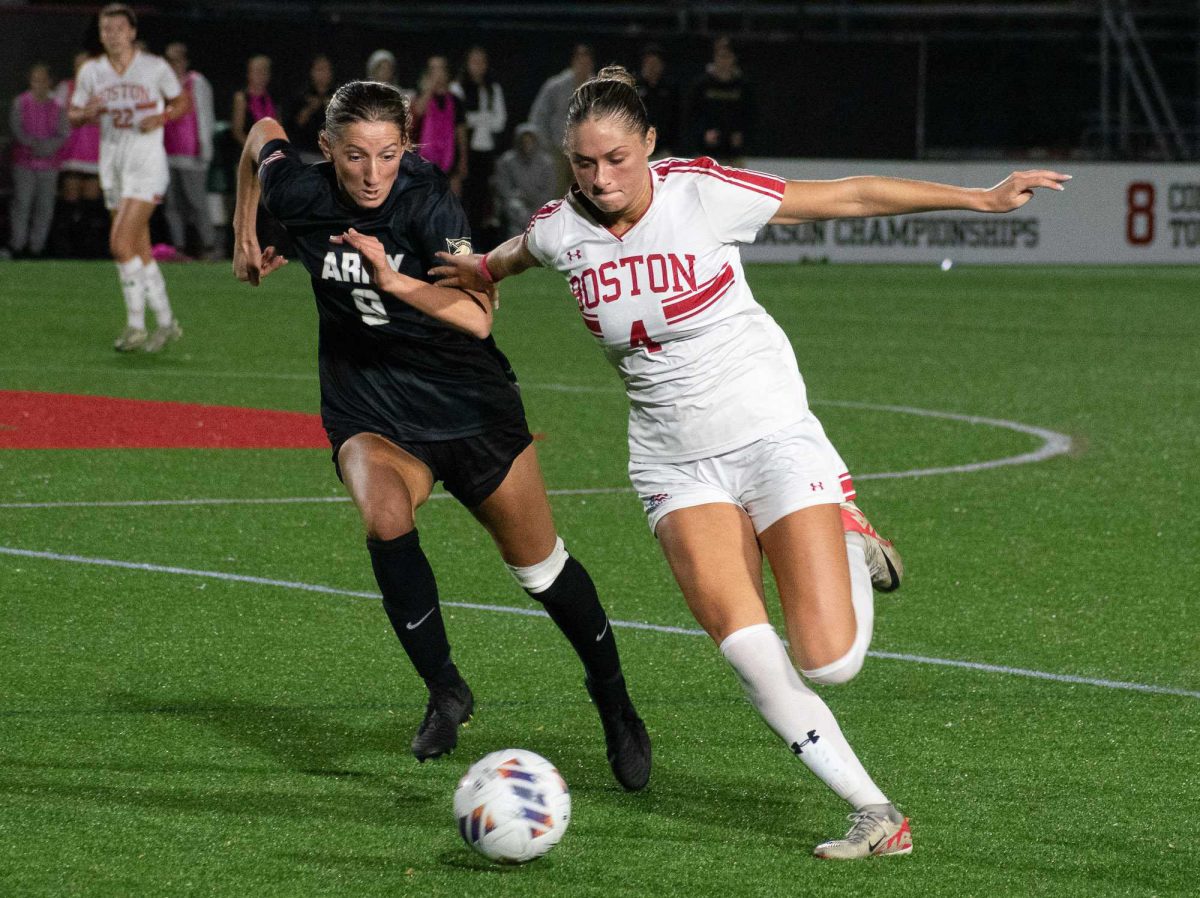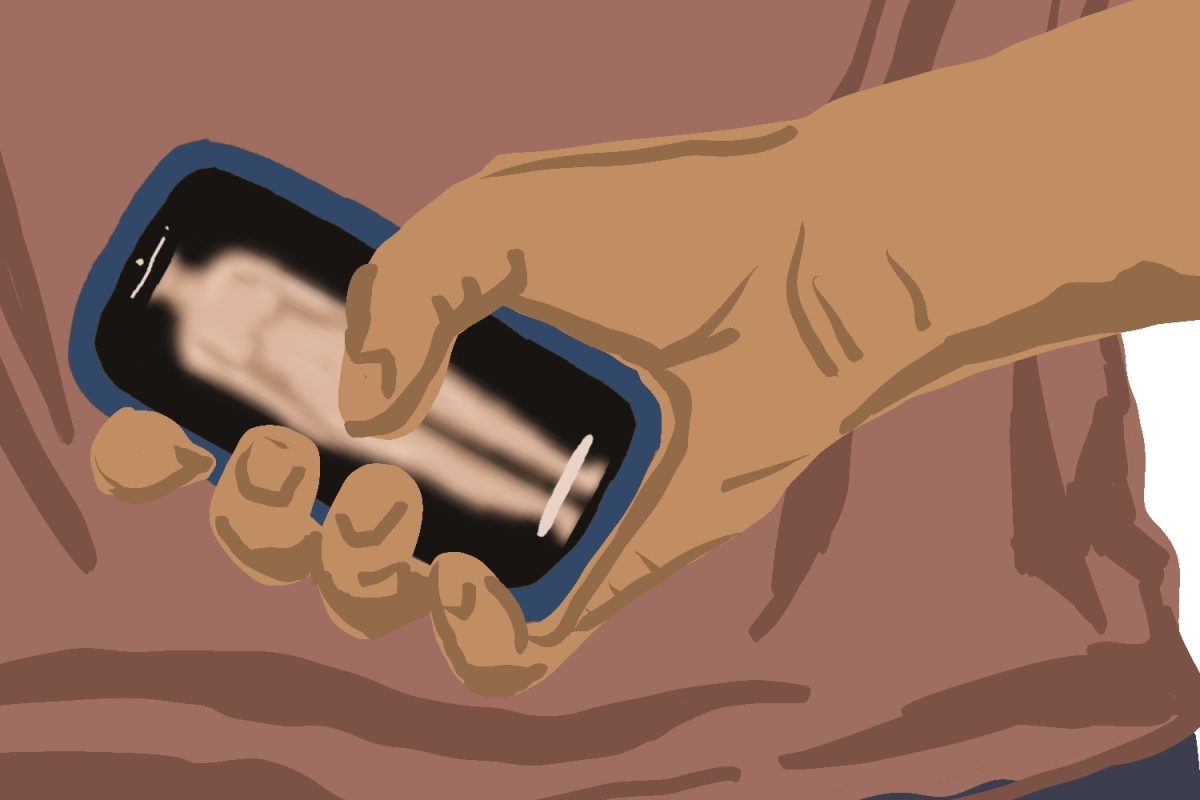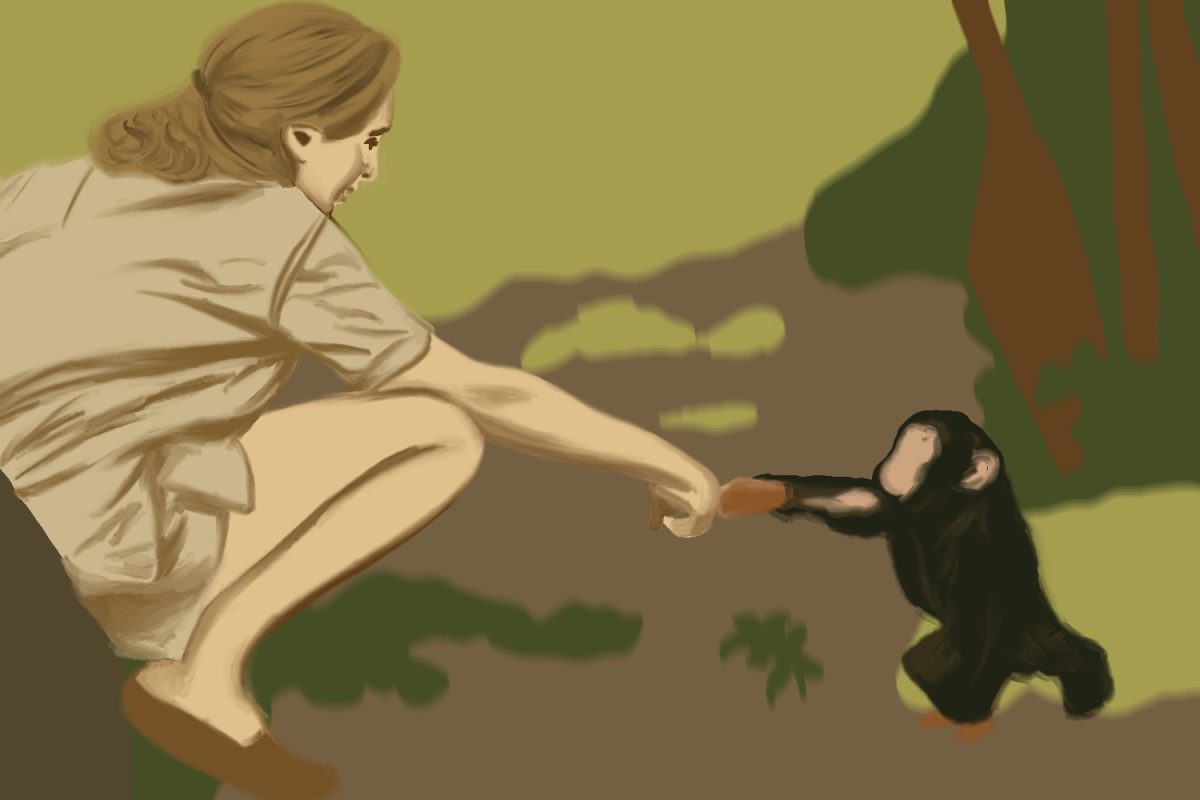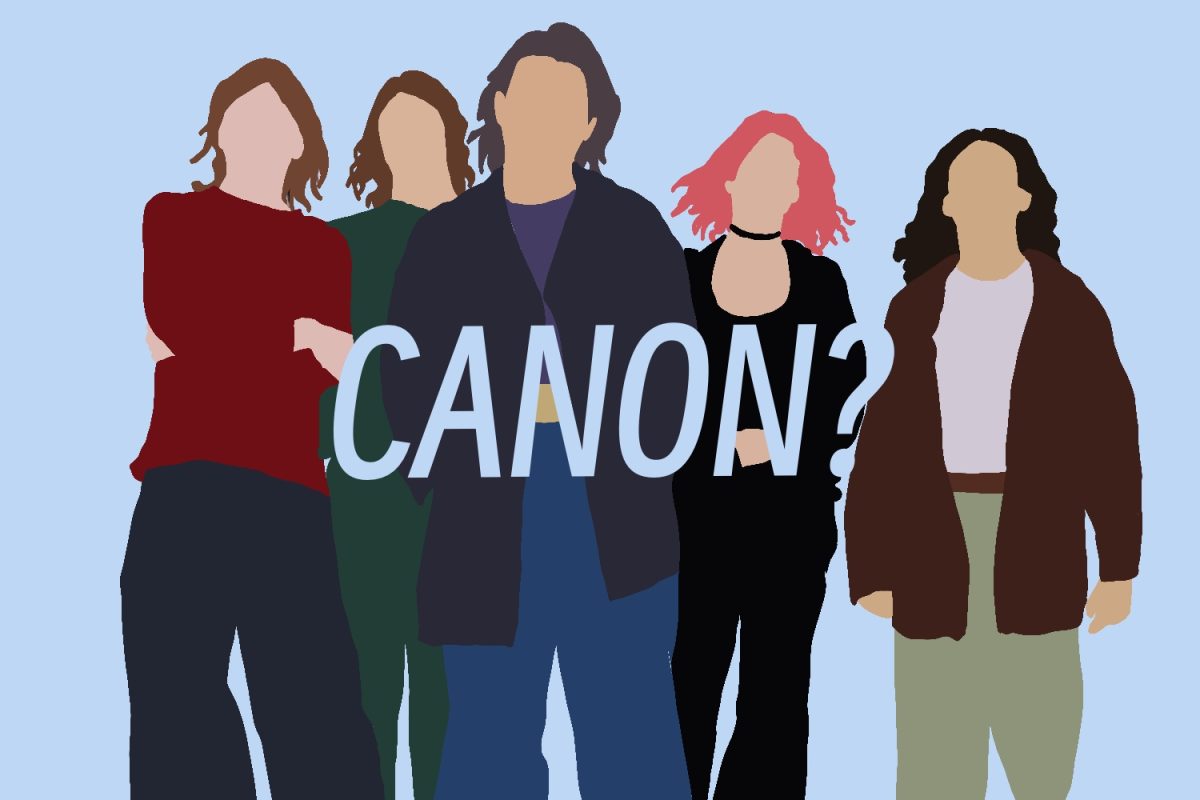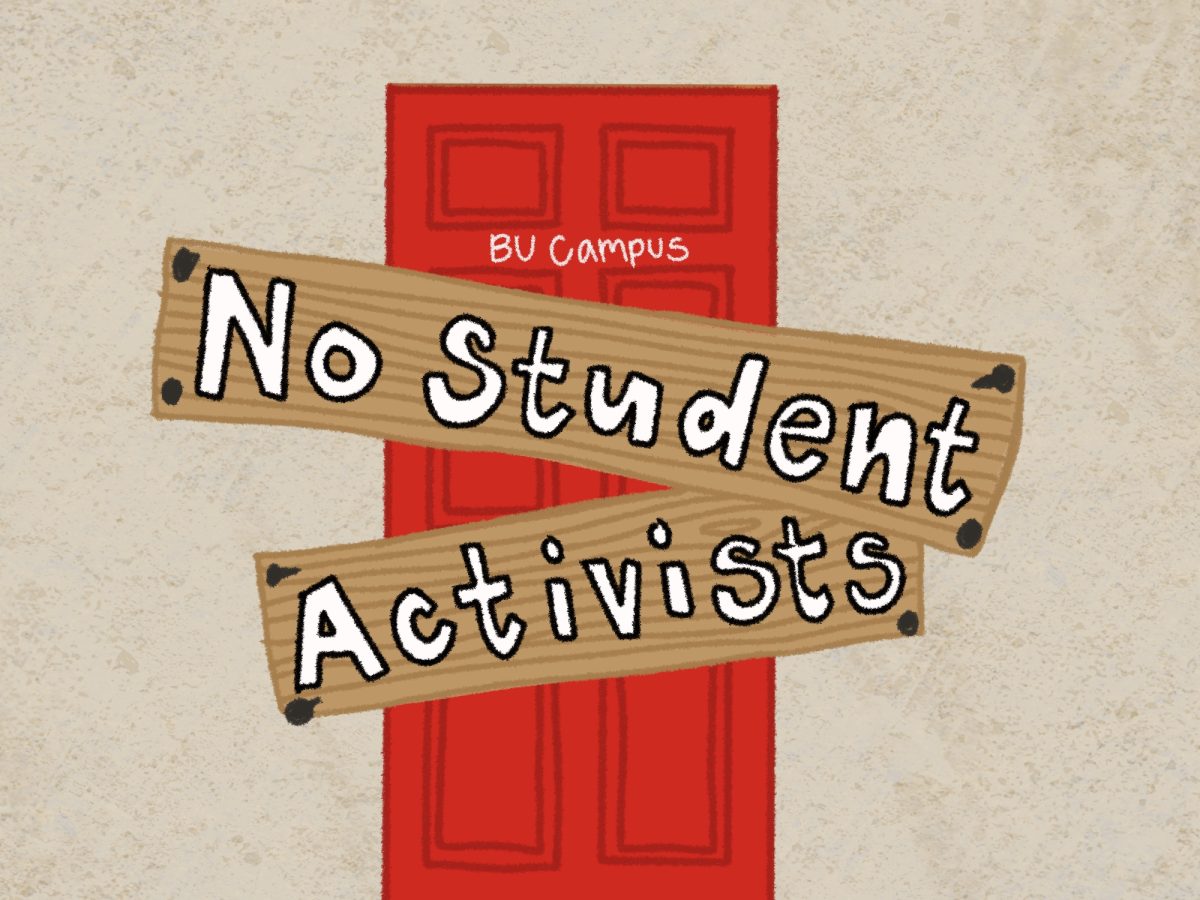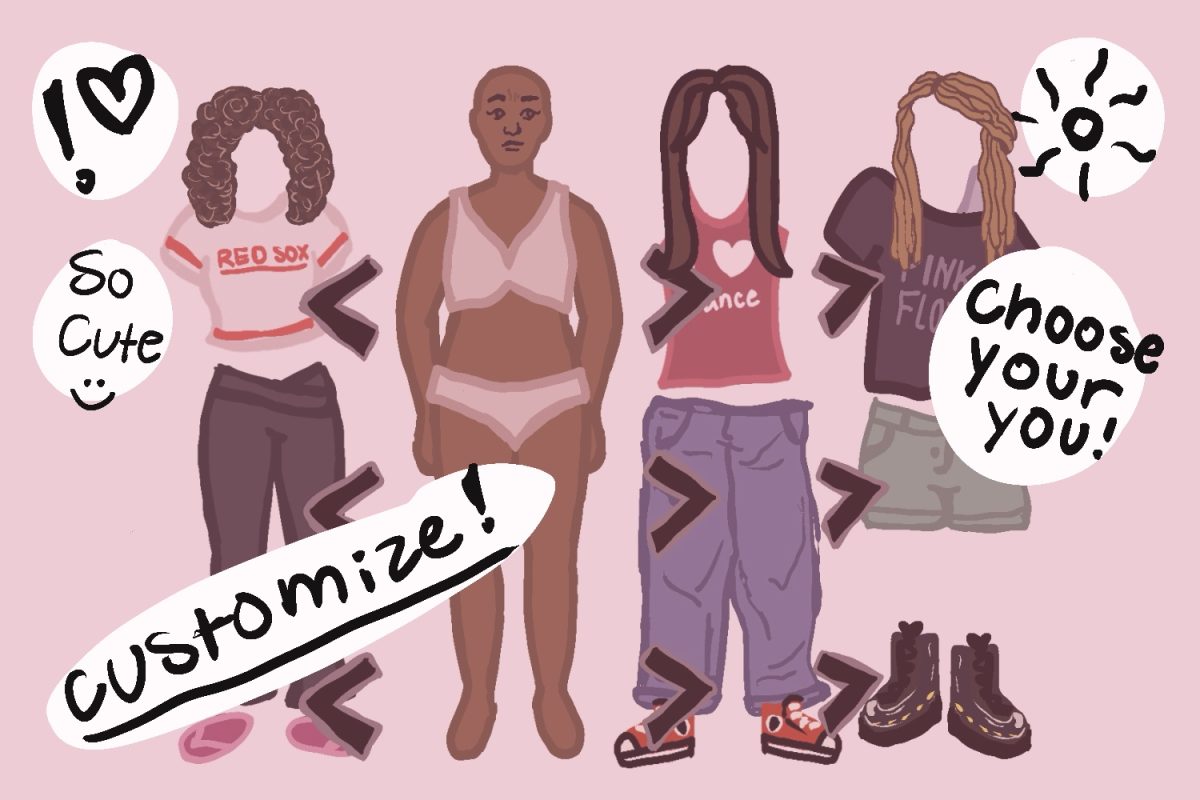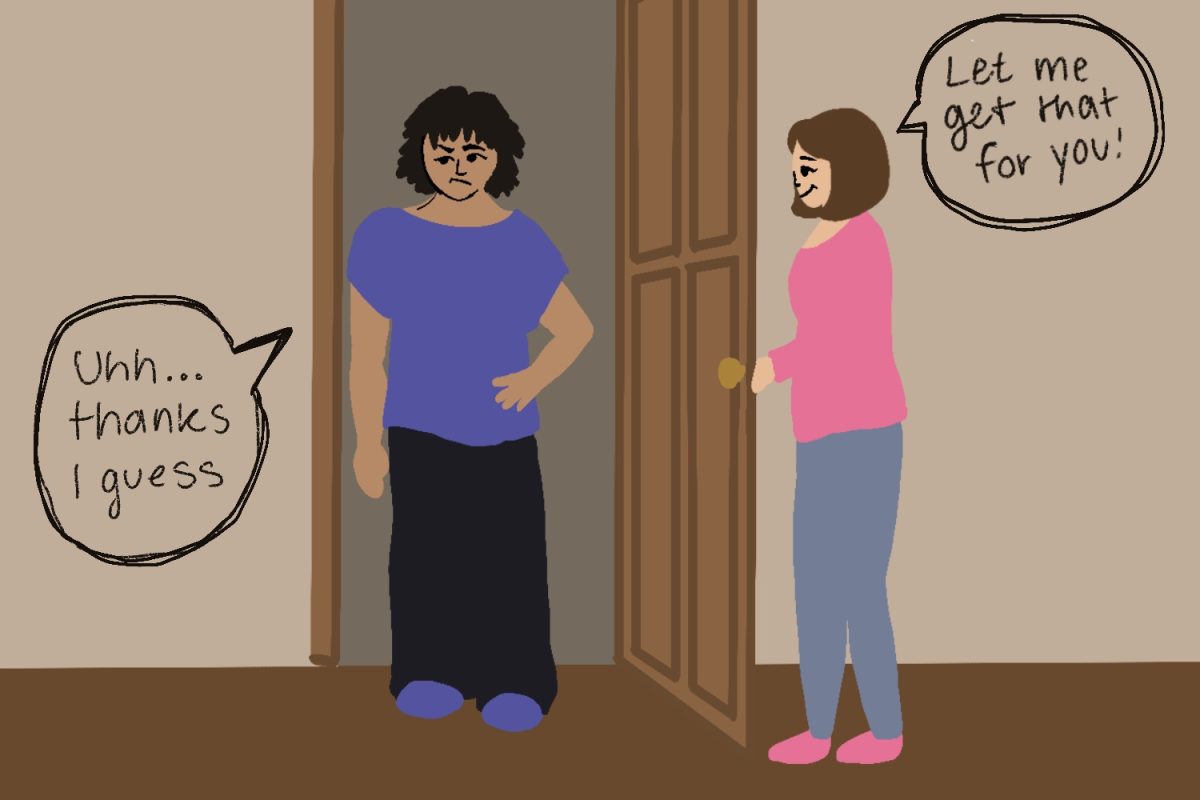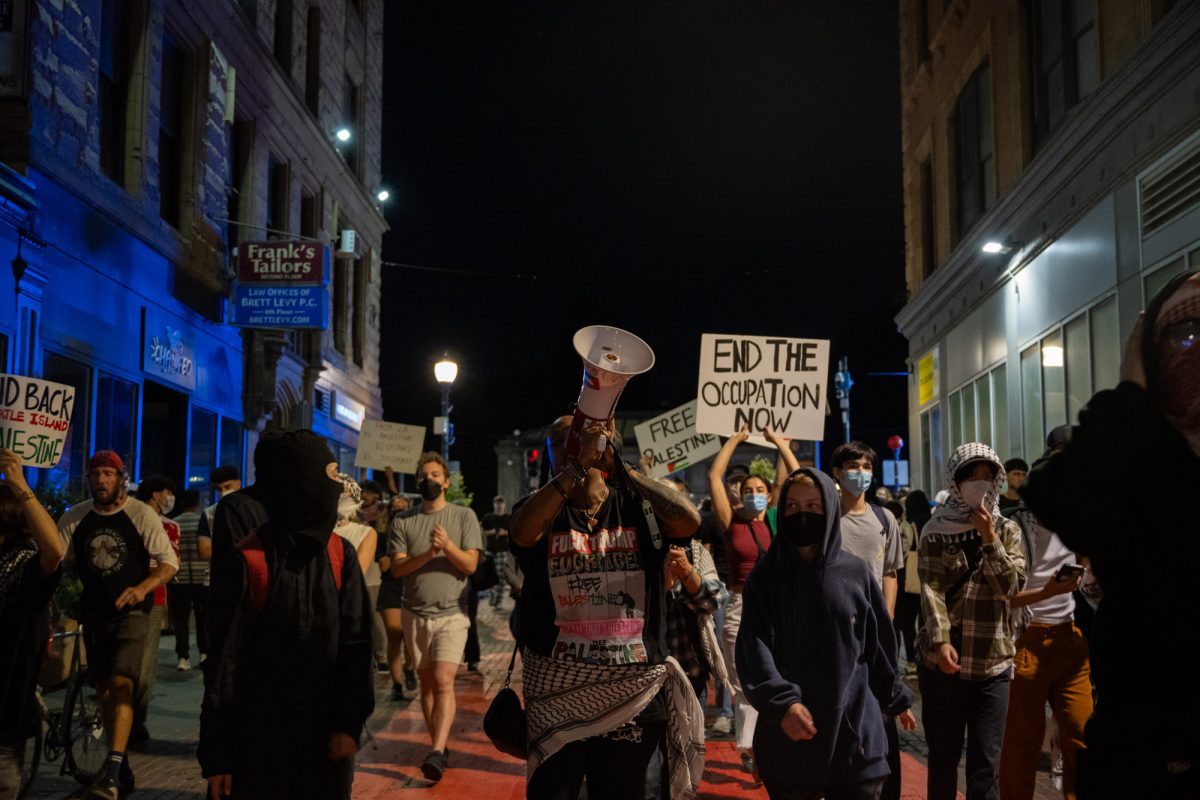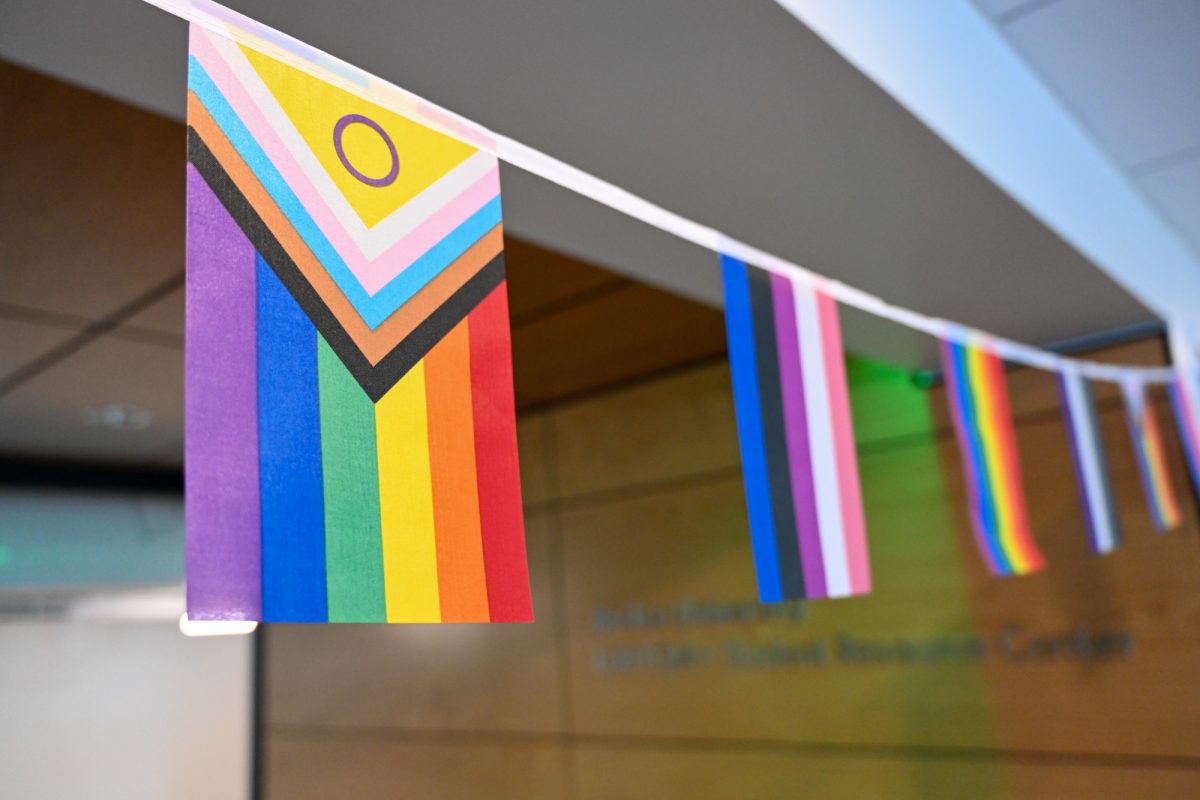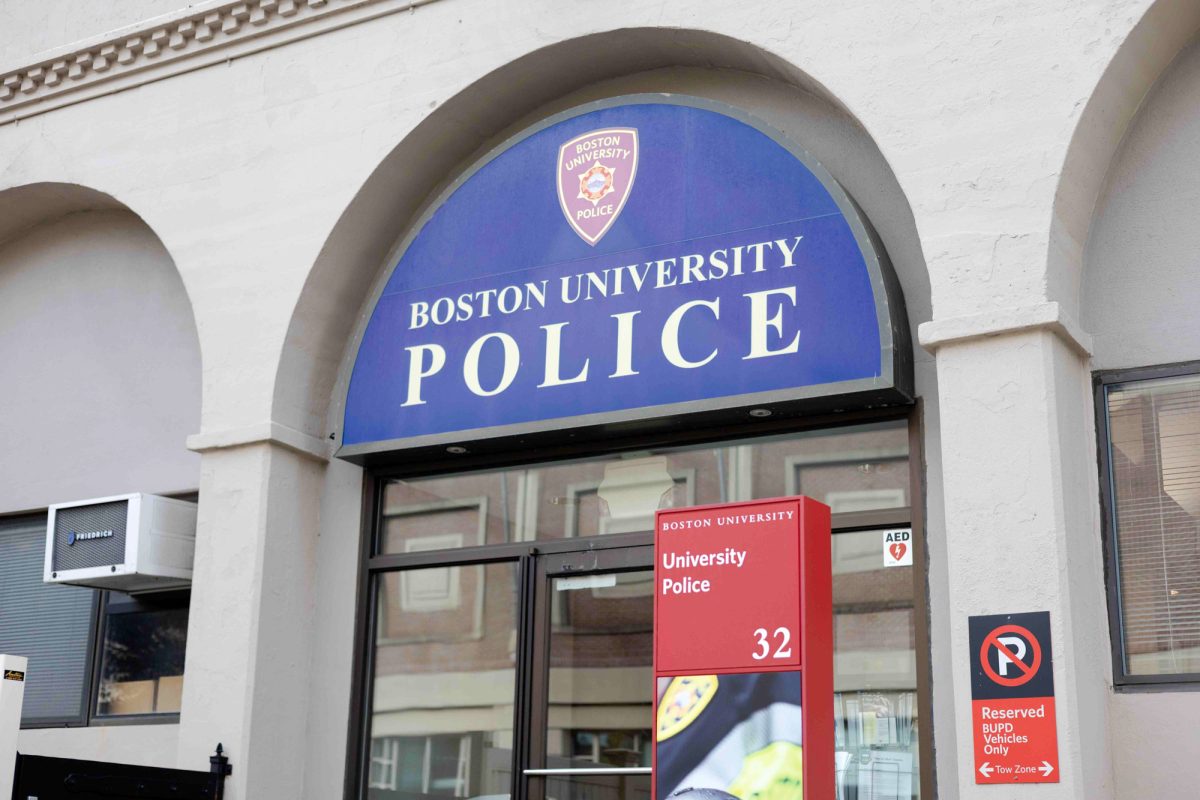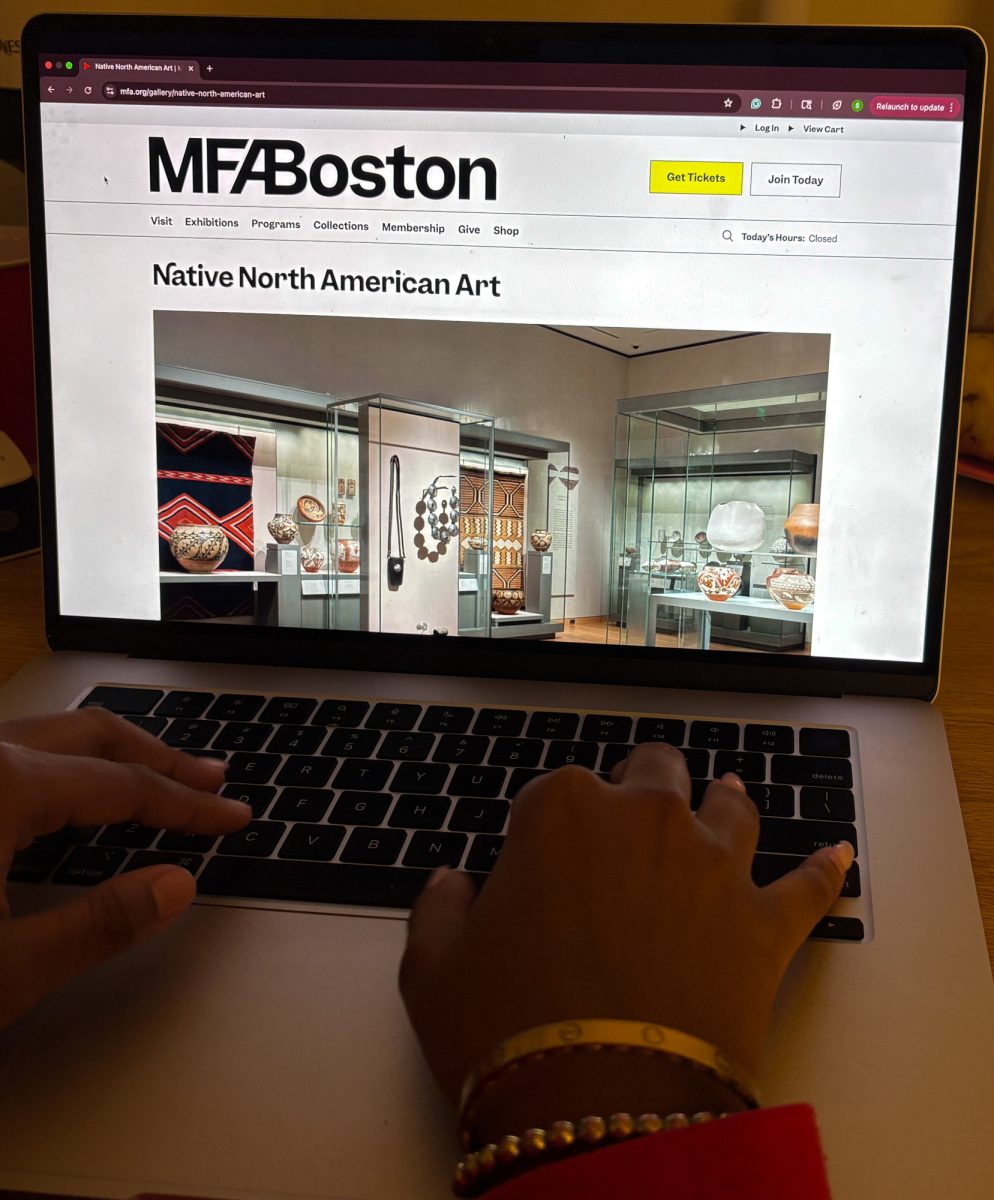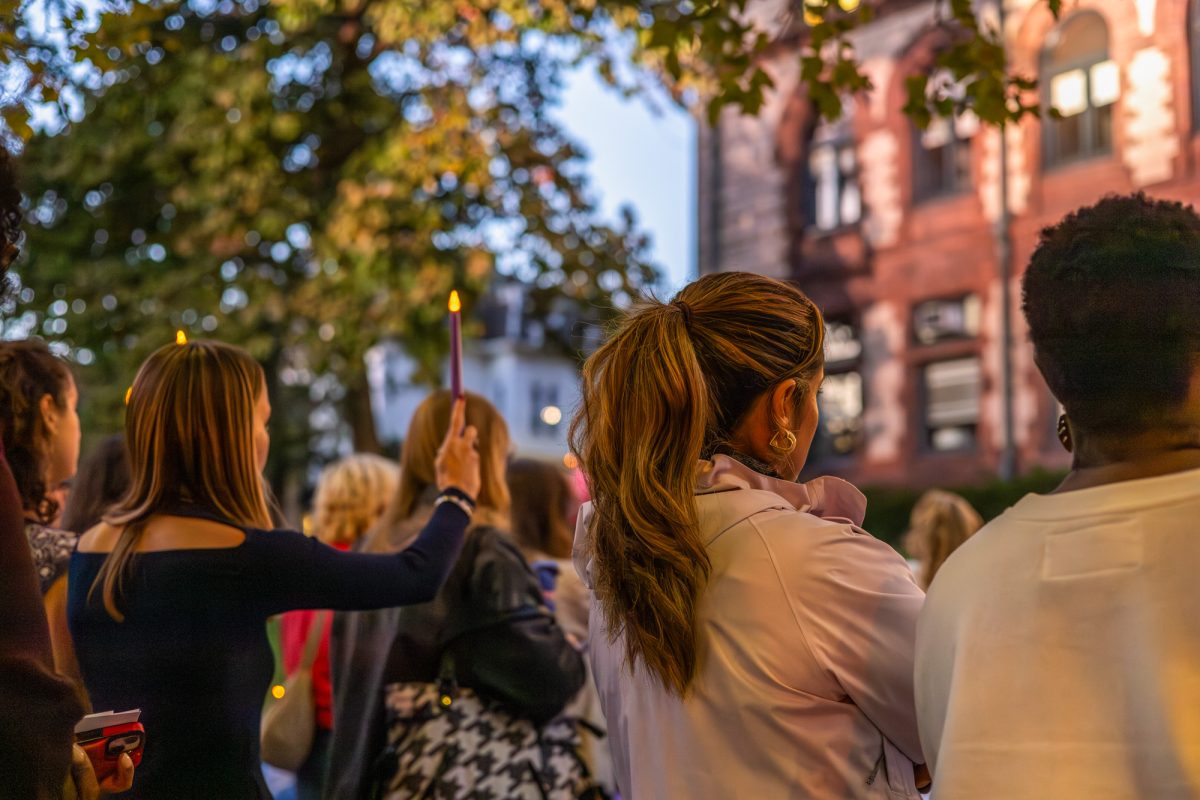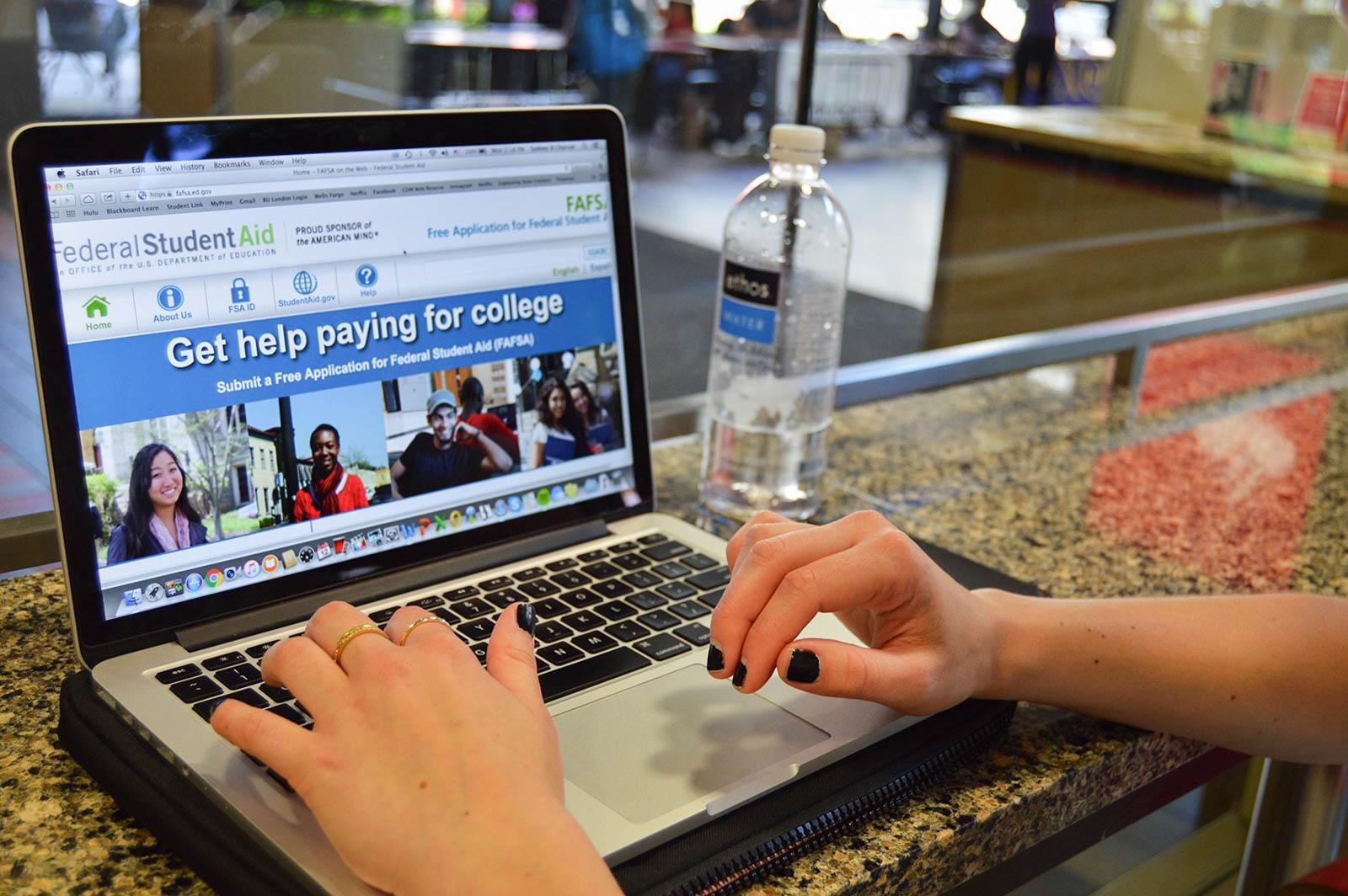
Growing up in the Bronx provided a safe haven for Pamela Munoz. Fiscal challenges among the borough’s inhabitants were not uncommon, and cultural backgrounds were diverse, bringing life to the community’s largely impoverished population.
Though Munoz, a senior in Boston University’s College of Fine Arts, said she comes from meager means, her low-income status was only ever a socioeconomic label at home, not a facet of identity requiring near-constant reckoning.
But on campus, where the so-called “BU bubble” seems to permeate the university’s 1.3-mile-long stretch, a culture of affluence overshadows her every move, Munoz said. Afflictions relating to financial burdens and social status have trailed her from freshman to senior year — from theater performances to gatherings in the dining hall.
She was raised by a single father who supports his two college-aged daughters on the $14,000 he makes a year as a taxi cab driver, making their expected family contribution to her tuition, an index number used to determine how much financial aid someone receives from a university, zero, Munoz said.
“During the summer I would get a job, but it wouldn’t be enough,” she said. “I would save up $2,000 and still would have to pay $2,000 more, which is what my dad would cover. Even now, when I’m graduating, I know I’m going to start supporting myself. But, that’s going to be a hell of a struggle because I have almost $38,000 in loans.”
And her story of economic barriers and social isolation is a fairly common one, despite statistics painting a picture of the university as one dominated by wealth, according to several students The Daily Free Press spoke with.
The median family income of a BU student is approximately $141,000, according a 2017 New York Times study on economic diversity and student outcomes, with 61 percent of the student body being in the 80th percentile for income or higher. This means that about 19,871 students come from households making roughly $111,000 or more.
In contrast, those like Munoz — who comes from a family in the bottom 20 percent for income — account for only 4.2 percent of all BU students.
Julie Wickstrom, the executive director of financial assistance at BU, said nearly 50 percent of students are taking out loans to finance their education, and the university’s default rate on student loans is about 1.3 percent. Over 90 percent of the enrolled population that applies for financial aid receives it.
“On average, when you consider private loans, [and] we like to use the median just because the average is so different, it’s between $31,000 and $30,000,” she said. “[This] is really great when you consider that you are getting four years for this investment.”
Like Munoz, CFA junior Dev Blair said their family’s EFC is also zero, and they too never thought of themselves as poor prior to stepping onto Commonwealth Avenue — their low-income status was always in the back of their mind, but it was more of a way of life than a constant reminder weighing heavily on their shoulders.
Originally from Orlando, Florida, Blair grew up in what they described as “weird, non-standard circumstances.” They live with their family in a predominately white, affluent neighborhood — the home was gifted to the family by their wealthier grandfather — but went to middle and high school in Sanford, Florida, a primarily black, low-income area.
“We are relying on the money my mom is getting from disability, that my grandma is getting from Social Security and that my grandpa just has because he makes money doing his job,” Blair said.
The experience of living this double life of sorts, Blair said, allowed for them to gain an increased awareness of the fact that the experiences of low-income and high-income individuals are vastly different.
As a result of this understanding, Blair said they think the barriers between students of varying socioeconomic standing are often communication-based: that without a discussion of the issue at hand, the invisible divide between those with money on campus and those without will only prevail.
It was this insight, combined with frustration stemming from a tuition increase going into their sophomore year, Blair said, that motivated them to start the #PoorAtAPrivateUniversity social media campaign with Munoz, who came up with the hashtag. Shortly after, the pair also created a support group for low-income students at BU on Facebook.
“We used it as a way to raise visibility because these are the experiences that we have … being low-income,” Blair said. “[The group was the] first step in terms of codifying #PoorAtAPrivateUniversity. We can post resources, share articles, ask for advice [and] receive advice from people who have gone through this and have experience dealing with it.”
Not long after the campaign began, aimed at garnering BU’s financial assistance department’s attention, local media outlets began picking up on the group’s efforts, and the administration took notice, Wickstrom said.
While the campaign was ongoing, the department was simultaneously working on formally implementing the BU grant assurance program, which allows for students to maintain their grant from the university throughout all four years, Wickstrom said. She reached out upon hearing of the group’s concerns.
Over the course of several meetings with Blair, Munoz and others — the highest amount in attendance being 20 students, Wickstrom said — she listened to their grievances and took their feedback into consideration as the department moved ahead with the program.
“One of the biggest takeaways for me from the group … wasn’t about paying the bill, it was about everything else,” she said. “It was about Boston’s expensive, or this is expensive on campus, or how do I figure out how to navigate this [and] my roommate is spending whatever amount of money on this and I can’t do that.”
Despite the group working to bring a variety of people together, many of whom may have felt alone with regard to their experience as a low-income student, Wickstrom said she hasn’t heard from or much about the group since then.
“I think that might be why I haven’t really thought much about [them],” she said. “They haven’t been on my radar to reach out to.”
Since the program was rolled out, the department has also worked to institute several other changes to ease the financial burden on students, Wickstrom said. These changes include improving the accessibility of advisors within the department, changing the GPA requirement for scholarship renewals — aside from the Trustee Scholarship — to a 2.0, and rolling out the Richard D. Cohen Scholarship.
The Cohen Scholarship, which is currently in its second year, Wickstrom said, is aimed at targeting the neediest students, and covers their entire tuition without loans. Approximately 400 students are currently enrolled with the scholarship.
Allyson Painter, a freshman in the College of Arts and Sciences, said that while she has her entire tuition covered by BU due to her low-income status, the financial burden imposed by being a student at a private university has not eased.
Working eight hours a week as a receptionist at BU Academy, Painter said the balancing act between school, work and extracurriculars like the Outing Club can be difficult. But it’s not an option for her to not work.
“My parents can’t pay for anything for me,” she said. “I’ve had to pay for all of my dorm supplies and my textbooks and everything on my own.”
Unlike the majority of her peers, Painter said, she has observed that she has a wealth of self-motivation on account of the obstacles she’s had to overcome early on, granting her the ability to work without complaint and save up money when needed.
Sometimes, though, this also makes it difficult to relate to peers on campus, Painter said. Growing up in Atlanta, everyone around her was in around the same income level as her family, she said. At BU, where 10 percent of students come from families earning incomes in the top 1 percent, the landscape is completely different.
“It has made it pretty hard socially,” she said. “It’s really hard to relate to people in a lot of ways because I’m trying hard to make enough money to be able to eat and survive, and there are people around me who are complaining about their monthly allowance going from $1,500 to $1,000.”
Other lower-income students, like CAS sophomore Jamie Clark, said they have also experienced difficulties socially, especially when it comes to relating to peers. Clark, whose father died last year, has undergone a dramatic change in her family’s income in a short period of time, and has had to make several lifestyle shifts to compensate.
When issues regarding money in her life arise, Clark said she often keeps the matter to herself — the majority of her peers are wealthy, and she doesn’t think they would understand, based on their own status or offhand comments they may have made in the past.
Recently, Clark rushed a sorority, and she said she is currently having to deal with financial aspects attached to the process. With costs reaching upwards of hundreds of dollars, and the majority of other members seemingly being able to afford it with ease, she said it’s fairly stressful to deal with.
“I feel like you automatically have to have some money in order to be able to do that,” Clark said. “I kind of feel limited by it because I feel like I’m the only one who’s actually having this kind of struggle with [affording] it.”
The largest obstacle facing students of low-income status today is affordability, said Mamie Voight, the vice president of policy research at the Institute for Higher Education Policy. College costs today are higher than they have ever been before, she said, and are growing at a rate faster than inflation and household income.
Even after taking into account all of the grants and scholarships a student would receive, Voight said, low-income students remain severely disadvantaged as compared to their peers.
“Our research found that a high-income student today can afford about 90 percent of colleges, whereas a low-income student or working-class student can only afford between 1 and 5 percent of colleges,” she said. “A low-income student today needs to find a way to finance an amount equivalent to about 100 percent of their family’s annual income to go to college for one year.”
In addition to the systemic inequities, Voight said, ingrained biases plaguing low-income students, such as the demographic not being prepared for higher-education, are simply false.
“The research shows that low-income students and students of color are more likely than students of affluence to undermatch into colleges below what their qualifications get them into,” she said. “Financial aid, and the cost of college, is one of the primary factors in causing students to undermatch.”
Despite Munoz graduating this year, she expressed hope that the administration will make further efforts to aid low-income students as they navigate college, and said she encourages students to join the support group created by her and Blair.
“We need them to be looking out for us — the administration — and not just us going to them,” Munoz said.

